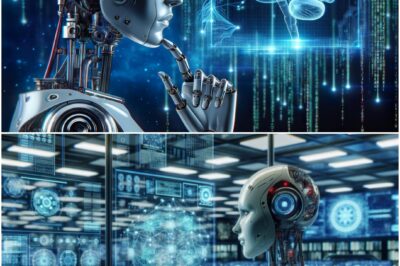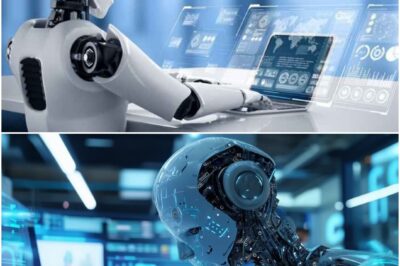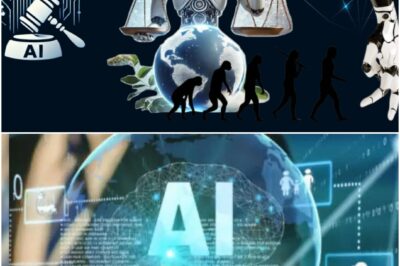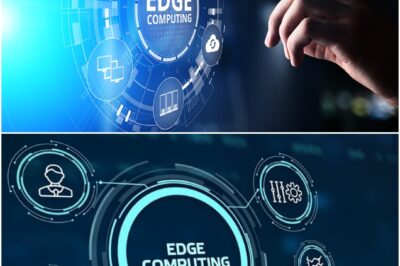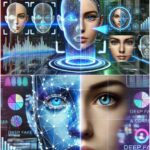In 2025, truth no longer needs to be destroyed — it just needs to be remixed.
Deepfakes have evolved far beyond joke videos and political scandals. AI systems can now generate ultra-realistic faces, voices, and gestures so convincingly that even experts struggle to detect the forgery.
At first, the danger seemed obvious — propaganda, blackmail, misinformation. But the real crisis is existential: when every image or sound can be fabricated, what anchors our sense of reality?
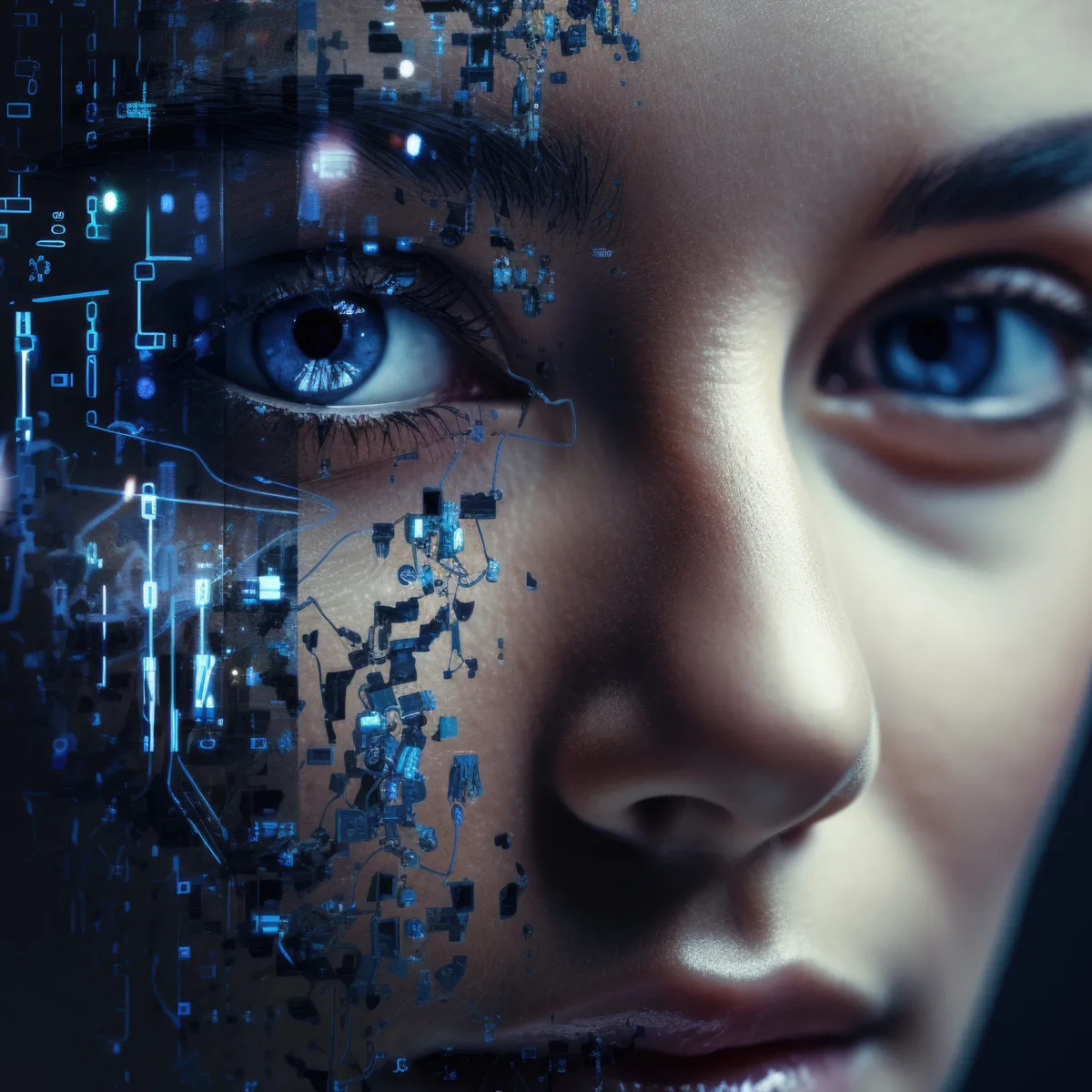
To fight back, researchers are building “truth machines” — AI detectors that verify authenticity using digital watermarks or blockchain tagging. But the arms race is endless; every detection method spawns a new evasion trick.
The future might look less like “real vs. fake” and more like a credibility index. Media outlets could display authenticity scores beside every video, like nutrition labels for information.
Deepfakes force us to evolve socially, not just technologically. The next literacy is reality literacy — learning not just to read media, but to doubt it.
News
The Ghost in the Machine: When Artificial Intelligence Starts Asking Who It Is
There’s a strange hum in the background of modern civilization. It’s the sound of millions of processors thinking — not…
Robotics Gets Emotional: The Quest to Build Machines That Feel
Robots can walk, talk, and even dance — but can they care?The next frontier of robotics isn’t physical dexterity; it’s…
The Age of Synthetic Life: Programming Biology Like Code
For billions of years, evolution shaped life through randomness. Now, humans are editing nature with precision. Synthetic biology is the…
The Blockchain Beyond Crypto: The Quiet Revolution You Missed
Crypto made headlines — but blockchain’s real revolution was never the coins. It’s the infrastructure beneath them. Think of blockchain…
The AI Arms Race in Education: Learning Without Teachers?
In classrooms from California to Seoul, students are learning from something that isn’t human. AI tutors are grading essays, generating…
Edge Computing: The Cloud Comes Down to Earth
For years, we sent our data to “the cloud” — massive data centers miles away, humming with heat and latency….
End of content
No more pages to load

